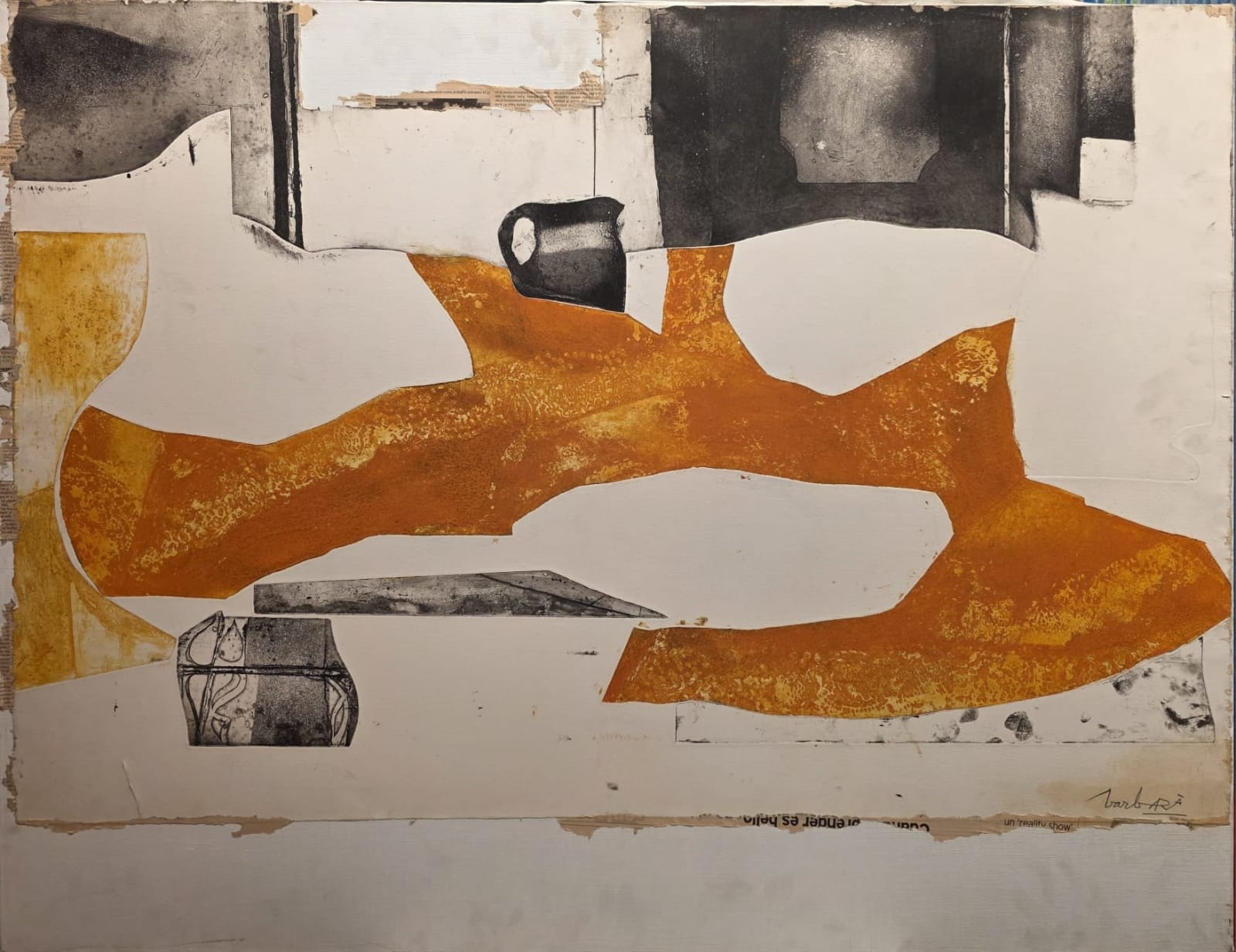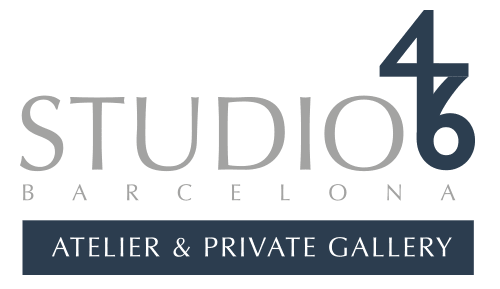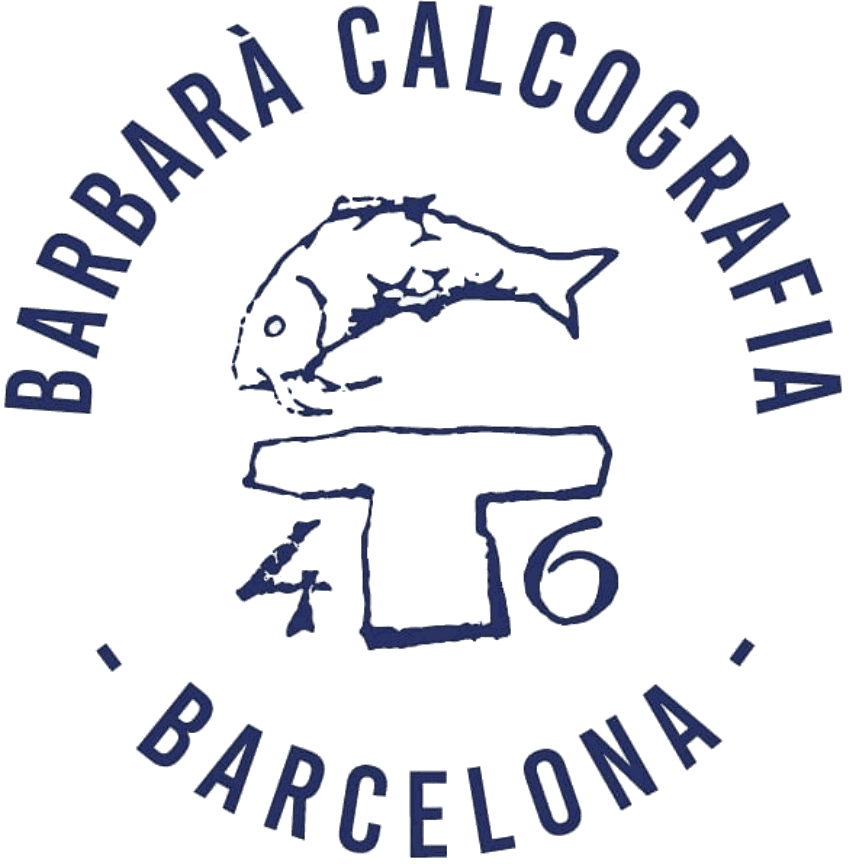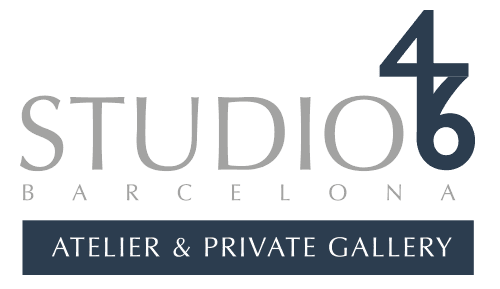
Joan Barbarà Spain, 1927-2013
Sin título (Bodegón abstracto), 1997
Mixed media (printmaking, collage, ink, and pigments)
89 x 116 cm
35 x 45 5/8 in
35 x 45 5/8 in
Signed
Currency:
In this untitled 1997 piece, Joan Barbarà fully engages with an abstract language of strong material-graphic intensity, where his two great passions—printmaking and painting—converge. The composition, which can be understood...
In this untitled 1997 piece, Joan Barbarà fully engages with an abstract language of strong material-graphic intensity, where his two great passions—printmaking and painting—converge. The composition, which can be understood as a deconstructed or essential still life, arranges flat forms that evoke jugs, tabletops, and geometric volumes within a space that is suggested rather than literal.
The use of color is limited but expressive: oxide-orange dominates the center of the scene with an organic shape, contrasting with the white background and gray areas that provide graphic depth, possibly derived from reused intaglio plates. The incorporation of press clippings, ink traces, and figurative fragments functions as a visual palimpsest, situating the work at the intersection of painting and experimental printmaking.
Here, the traditional still life dissolves into planes, textures, and symbolic rather than representational forms. The black jug, recognizable and solid, serves as a visual anchor within a floating structure. There is no classical perspective, only a space constructed through layering, overlapping, and cropping.
This work exemplifies Barbarà’s experimental maturity in the 1990s, when his technical knowledge of printmaking evolved into an autonomous pictorial language. The piece maintains a balance between order and fragmentation, between object and abstraction, and testifies to a creative freedom that transcends academic conventions.
The use of color is limited but expressive: oxide-orange dominates the center of the scene with an organic shape, contrasting with the white background and gray areas that provide graphic depth, possibly derived from reused intaglio plates. The incorporation of press clippings, ink traces, and figurative fragments functions as a visual palimpsest, situating the work at the intersection of painting and experimental printmaking.
Here, the traditional still life dissolves into planes, textures, and symbolic rather than representational forms. The black jug, recognizable and solid, serves as a visual anchor within a floating structure. There is no classical perspective, only a space constructed through layering, overlapping, and cropping.
This work exemplifies Barbarà’s experimental maturity in the 1990s, when his technical knowledge of printmaking evolved into an autonomous pictorial language. The piece maintains a balance between order and fragmentation, between object and abstraction, and testifies to a creative freedom that transcends academic conventions.
151
de
295
Join our mailing list to stay updated on our events and activities!
* denotes required fields
We will process the personal data you have supplied in accordance with our privacy policy (available on request). You can unsubscribe or change your preferences at any time by clicking the link in our emails.



